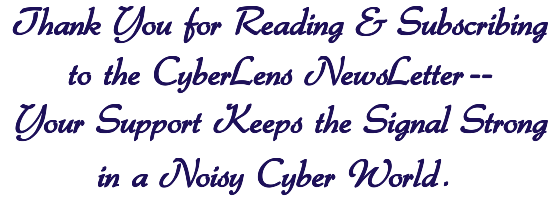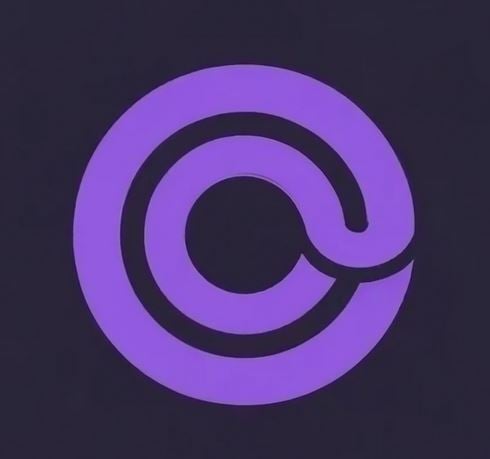- The CyberLens Newsletter
- Posts
- The New Cyber Literacy of Creation
The New Cyber Literacy of Creation
Mastering cyber awareness defines the next generation of content creators
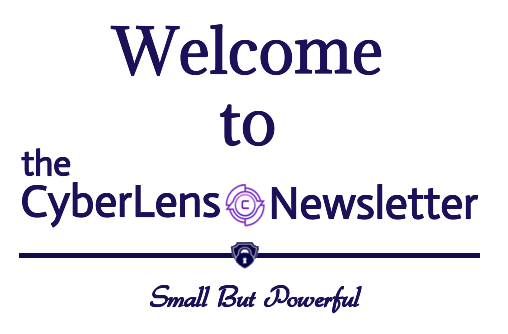
Free email without sacrificing your privacy
Gmail is free, but you pay with your data. Proton Mail is different.
We don’t scan your messages. We don’t sell your behavior. We don’t follow you across the internet.
Proton Mail gives you full-featured, private email without surveillance or creepy profiling. It’s email that respects your time, your attention, and your boundaries.
Email doesn’t have to cost your privacy.

📜Interesting Tech Fact:
In 1961, a little-known computer called the LGP-30, built for scientific computation, accidentally paved the way for digital creativity. It was used by a MIT student, Joan Shogren, to write one of the first-ever digitally typeset poems—long before modern word processors existed. Her work required manually encoding every letter and space using binary punch tape, yet it demonstrated that machines could be used not just for calculation but for expression. This forgotten experiment laid the conceptual foundation for today’s creative software—from Photoshop to YouTube editing suites—showing that the earliest sparks of content creation were already flickering in the circuits of mid-century tech. 🖋️💾
Introduction
In today’s hyper-connected world, content creators are not just storytellers—they’re digital entrepreneurs managing intellectual property, personal brands, and data ecosystems. Yet many creators unknowingly expose themselves to cyber risks daily. From phishing scams disguised as brand collaborations to malicious browser extensions stealing login cookies, the creator economy has become a prime target for cyber-criminals.
Cyber literacy is no longer optional—it’s the new creative armor. Understanding basic cybersecurity principles can prevent devastating losses of content, income, and reputation. Every creator should master essentials like two-factor authentication, password management, secure cloud backups, and verifying partnership links before clicking. Equally important is recognizing the hidden risks of AI-driven impersonation and content theft, which can be mitigated through digital watermarking, copyright metadata, and reverse-image search monitoring.
However, many creators believe cyberattacks happen only to corporations or high-profile celebrities. But in reality, the creator economy has become a goldmine for opportunistic cyber-criminals. The very traits that make creators successful—constant engagement, cross-platform presence, open collaboration—also make them vulnerable. Every click, upload, and DM can become a point of exposure. And when your livelihood exists online, one wrong move can erase years of creative progress in seconds.
Cyber literacy is now the unseen skill that separates thriving creators from those constantly rebuilding after digital chaos. It’s the knowledge that allows creators to see through the illusions of safety and understand how every digital action—no matter how small—has consequences. It’s an education in awareness, self-preservation, and long-term creative sustainability.
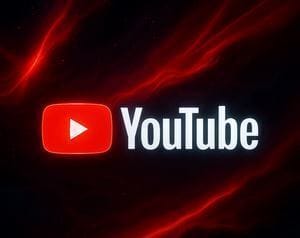
The Vulnerable Fame of the Modern Creator
Creators live in public. Every photo, caption, and interaction shapes a brand. But with visibility comes risk. Cyber adversaries are no longer just faceless hackers—they’re marketers of deception, selling stolen data and digital identities on the underground web. The target is not always your bank account; sometimes it’s your followers, your likeness, your reputation.
“Today, influence itself has become a form of currency,” says Dr. Elena Park, a digital risk strategist and cybersecurity researcher. “When you control attention, you control value. And wherever value exists, threat actors follow.”
Creators are often lulled into a false sense of security by the platforms they use daily. They assume that Instagram, YouTube, or TikTok handle all cybersecurity responsibilities. But these companies secure their infrastructure—not your personal workflow. Once you download an editing plugin, share a password with a virtual assistant, or click on a suspicious brand collaboration offer, you’ve stepped outside the safety perimeter.
The danger isn’t just malicious intent—it’s complacency. And in a creative world where speed and visibility dominate, caution feels like a luxury few take. But those who ignore security risk learning a painful truth: virality means nothing when your accounts vanish overnight.
Why Cyber Literacy Matters More Than Ever
Cyber literacy isn’t about memorizing jargon—it’s about understanding cause and effect in the digital realm. It’s knowing that a simple Wi-Fi connection at a coffee shop could expose your credentials. It’s realizing that not every “brand opportunity” sliding into your DMs is real. And it’s acknowledging that your creative tools—AI, collaboration apps, content schedulers—can also be entry points for cyber manipulation.
Creators often think of cybersecurity as something external—something “IT departments” handle. But the modern creator is their own enterprise. Their cloud folders are their archives, their social logins are their storefronts, and their analytics dashboards are their financials. Failing to understand cyber hygiene is equivalent to running a business without ever locking the door.
“Cyber literacy should be part of every creator’s professional toolkit,” emphasizes Marcus Denton, head of security education at CipherMind Labs. “It’s not about paranoia—it’s about preparation. The more creators understand the systems they rely on, the less likely they are to be exploited by them.”
When creators grasp this mindset shift, they stop seeing cybersecurity as a barrier and start viewing it as creative protection. The same awareness that guides color grading, script writing, or audience engagement must also extend to password policies, data storage, and content authentication.
Mitigation Strategies That Protect Creativity
Building cyber literacy is not an abstract exercise—it’s a daily discipline. It’s about implementing habits that reduce risk without restricting creativity. The most effective mitigation strategies combine awareness with automation, allowing creators to stay secure while staying productive.
Here are four key actions every content creator should take immediately:
Use multi-factor authentication (MFA) on every platform, app, and tool you use. This adds a crucial layer of defense against unauthorized access, even if your password is compromised.
Create segmented digital spaces by using different emails and credentials for business, personal, and collaboration activities. Compartmentalization limits the damage if one account is breached.
Back up your content and data on at least two separate storage solutions—one cloud-based and one physical (external drive). This ensures that a single ransomware attack or accidental deletion doesn’t wipe your legacy.
Regularly audit your digital footprint by searching for fake accounts, leaked data, or impersonation attempts using reverse-image search and identity protection tools.
Each of these steps builds what cybersecurity experts call “defense in depth”—multiple protective layers that make exploitation costly and time-consuming for attackers.
Beyond the technical layer, creators should also cultivate psychological resilience. The most sophisticated cyber threats exploit emotion—urgency, fear, greed, or curiosity. Scammers understand the dopamine rush of opportunity and the anxiety of missing out. The next time an unexpected collaboration offer or urgent security alert arrives, pause. Verification is not hesitation—it’s wisdom.
The Evolution of Creation in a Secured World
As technology evolves, so does the nature of creation itself. Artificial intelligence, automation, and generative tools are redefining what it means to produce content. But with these tools comes an unsettling paradox: creators now rely on systems they do not fully control.
AI models trained on scraped data blur the boundaries between originality and imitation. Deepfake technology can recreate a creator’s face or voice without consent. Synthetic influencers compete for sponsorships once reserved for human creators. And behind it all, a silent data economy feeds on creative metadata, geo-location tags, and engagement patterns.
Cyber literacy offers clarity in this chaos. It helps creators question not only how they create, but what they consent to in the process. Who owns the outputs of an AI video editor? What happens to your facial scans after using an augmented reality filter? The creators who ask these questions—and act on the answers—will define the next phase of authentic digital artistry.
“The future of creativity isn’t about replacing human imagination,” notes Saira Velasquez, cybersecurity ethicist and consultant for digital media agencies. “It’s about protecting the human core within technology. Cyber literacy ensures that the story still belongs to the storyteller.”
This new generation of cyber-literate creators will demand transparency from the platforms they use. They will champion secure tools, advocate for better data practices, and educate their audiences about online safety. In doing so, they won’t just produce content—they’ll shape a safer, smarter digital culture.

Building a Cyber-Literate Mindset
Cyber literacy begins with curiosity—the same trait that drives creativity. Instead of ignoring the technical side of their work, creators should embrace it as part of their craft. Learning about encryption, privacy settings, or data ethics doesn’t dilute creativity; it refines it.
Consider how every major artistic movement has been shaped by the tools of its time. The printing press democratized knowledge but demanded literacy. Photography reshaped art but required understanding of exposure and film chemistry. Today, the digital frontier demands a new kind of literacy—one rooted in awareness, adaptability, and digital self-defense.
By developing cyber literacy, creators become more than content producers—they become guardians of their creative essence. They begin to understand the invisible architecture behind their workflows: the cloud servers hosting their files, the algorithms curating their exposure, and the security protocols determining who gets to access their work.
When creators internalize this understanding, they move from reactive to proactive. They stop waiting for platform updates or external solutions. Instead, they take ownership of their digital environment, shaping it with intention and foresight.
The Value Beyond Protection
Cyber literacy does more than prevent harm—it enhances credibility. Sponsors, audiences, and partners increasingly seek creators who understand professionalism not only in their craft but in their operations. A creator who demonstrates strong cybersecurity practices signals reliability, maturity, and trustworthiness.
In a landscape where fake accounts and manipulated content are rampant, authenticity has become the most valuable asset. Cyber-literate creators can prove the originality of their work, safeguard their collaborations, and maintain uninterrupted connections with their audiences.
Moreover, cyber literacy creates space for creative freedom. When you know your systems are secure, your mind is free to experiment, innovate, and take creative risks without fear of losing control of your assets. True creativity flourishes in safety—not restriction.
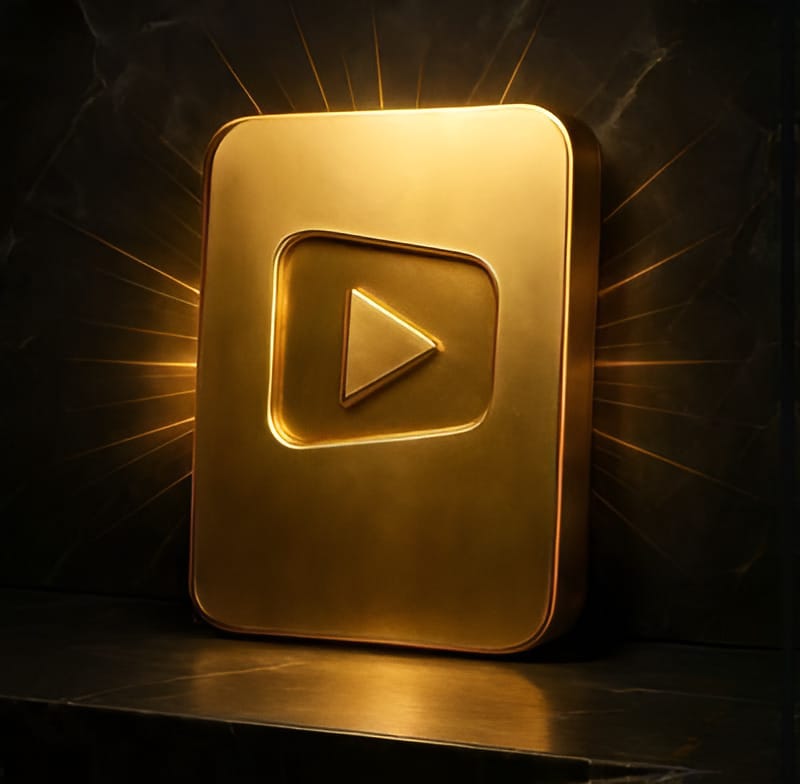
Final Thought
Cyber literacy is not a temporary trend—it is the creative survival skill of the digital century. Every platform update, every new AI tool, and every viral moment reinforces this truth: creators live in an ecosystem where security and creativity coexist. To ignore one is to endanger the other.
The creators who endure will not be those with the largest followings or the flashiest productions. They will be the ones who understand the unseen mechanics of the web, who value awareness as much as engagement, and who refuse to trade safety for speed.
In the future, creative success will be measured not only by how far your content travels—but by how securely it arrives. Cyber literacy ensures that your work, your identity, and your vision remain authentically yours, no matter how fast technology evolves.
Being cyber-literate is not about fear—it’s about freedom. It’s the quiet power to create, connect, and inspire without compromise. And in a world driven by algorithms, that awareness may be the most human art form of all.

Subscribe to CyberLens
Cybersecurity isn’t just about firewalls and patches anymore — it’s about understanding the invisible attack surfaces hiding inside the tools we trust.
CyberLens brings you deep-dive analysis on cutting-edge cyber threats like model inversion, AI poisoning, and post-quantum vulnerabilities — written for professionals who can’t afford to be a step behind.
📩 Subscribe to The CyberLens Newsletter today and Stay Ahead of the Attacks you can’t yet see.

